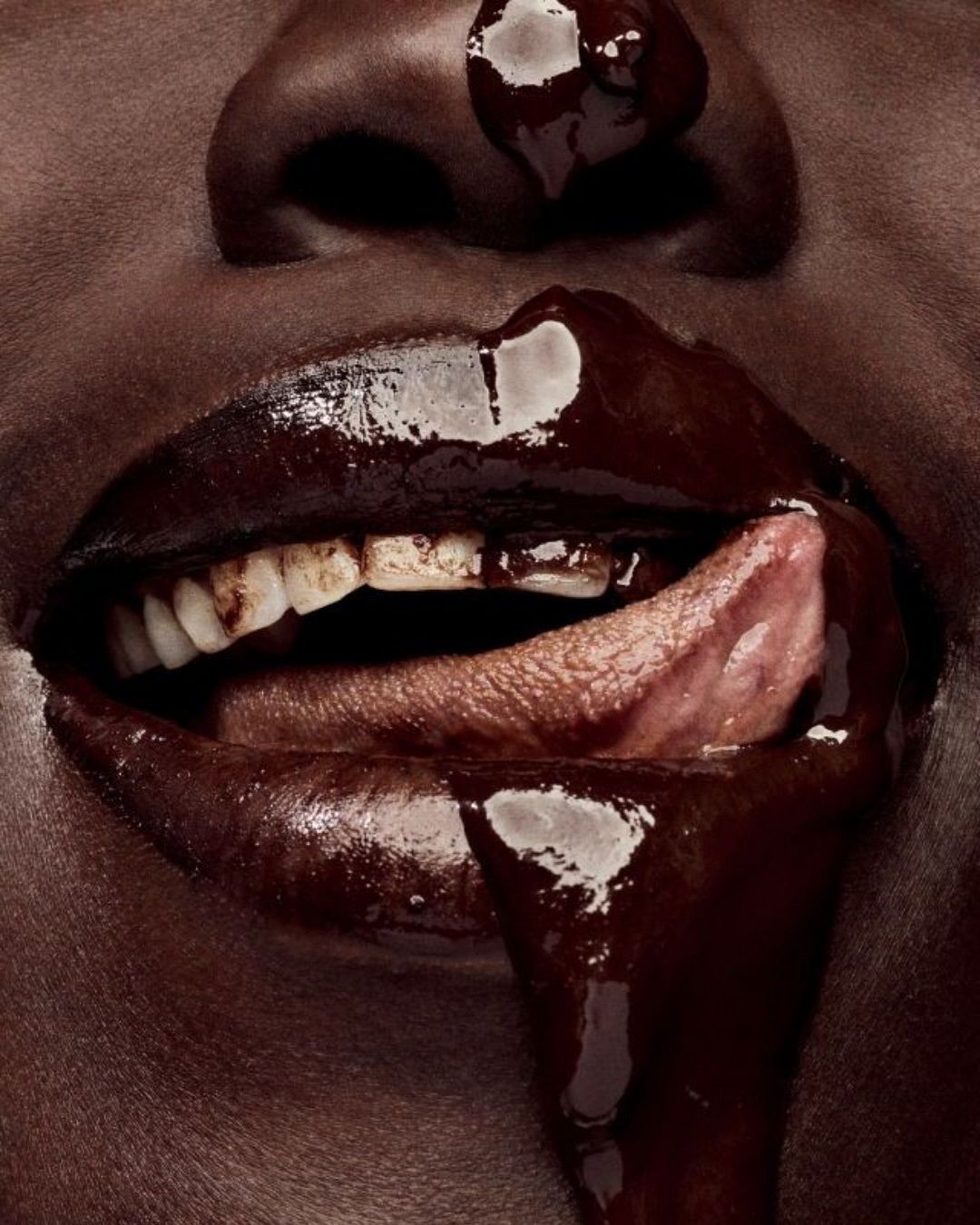
It's cuffing season, but do we still care? If you’ve been “cuffed” — you might want to read this.
It’s the end of November, autumn is coming to a close, and winter is about to start, and with it we’re looking for someone to spend the long nights with. “Cuffing” season is the time of year from the start of autumn to Valentine’s Day when we’re getting ready to hibernate and are looking for someone to spend the winter with — or “cuff” with metaphoric and emotional handcuffs. The term popped up around 2011 on Urban Dictionary and has been used every winter for the past twelve years; which, in a time when how we talk about dating has completely shifted, do we still care about cuffing season?
Relationships are changing
What was ghosting is now fizzling, an even more brutal form of ghosting, where you gradually lose interest in someone and pull away your attention and affection until the relationship is completely over; relationships are now situationships, and having game is now having rizz. As relationships change, and boy, they sure have in the past twelve years, how has the concept of cuffing season changed? First, let’s look at the data. According to Bumble’s annual dating trends report, it seems like 2024 is going to be filled with emotional intimacy, as “3 in 4 women (78%) surveyed say it’s paramount that their partner has an understanding of both emotional and physical intimacy,” meaning there’s less interest in one-time flings and more interest in a deeper connection. Cuffing season is all about a seasonal fling, and this data indicates that we’re moving into a completely different phase of dating where we’re focusing on the long haul.
A matter of time
Bumble’s report also stated that there is less interest in following traditional relationship timelines, where 1 in 3 women are not dating to marry. We open ourselves up when we disregard the conventional timeline for how relationships are “supposed” to look — i.e. When you’re supposed to move in together, dating to move towards marriage, when you should have kids, etc. This disregard for traditional relationship norms and the desire for more emotional intimacy could mean that as we get into new relationships, while we’re craving a meaningful connection, we’re not pressed about making it serious, or maybe we don't want to risk too much.
@amp.beta #SZA : wake up its cuffing season #sza #amp #ampbeta #kailer #szaedit #edit #bigboy #bigboysza #szabigboy #snl #cuffingseason #cuffingszn #szacuffingseason #fyp #foryou #xyzcba original sound - sosa
Cuffing as a group
It looks like the seasonal fling might be a thing of the past, as more singles are opting for something real on their own timeline, but that doesn’t mean we aren’t spending the winter with someone. According to Daniel Cox, the director of the Survey Center on American Life, “43% of people between the ages of 18 and 29 said they were in a relationship with someone who was first a friend,” a huge shift compared to older couples who are more likely to be in relationships with people who are strangers.
@krista.v My girl
original sound - EX7STENCE
A new season
So, for cuffing season, maybe the term isn’t relevant within its old context — a romantic partner you tie down from winter to spring — but maybe it’s more relevant through this new lens of dating as settling down for the winter with friends… who might turn into something more. With more Gen Z dating within their friend group, there’s bound to be sparks flying as we get cozy on the couch with our best mates. Are you ready?
























































